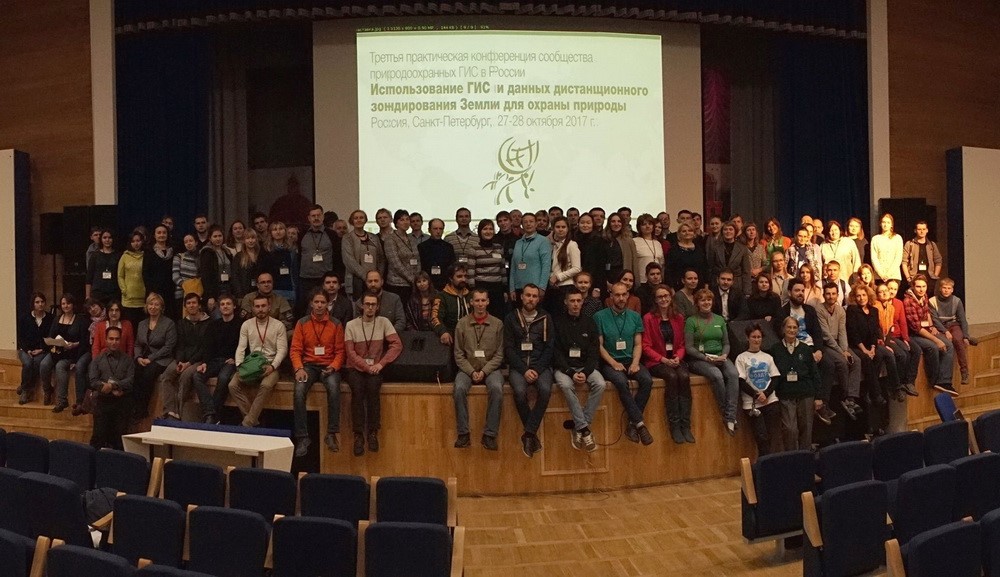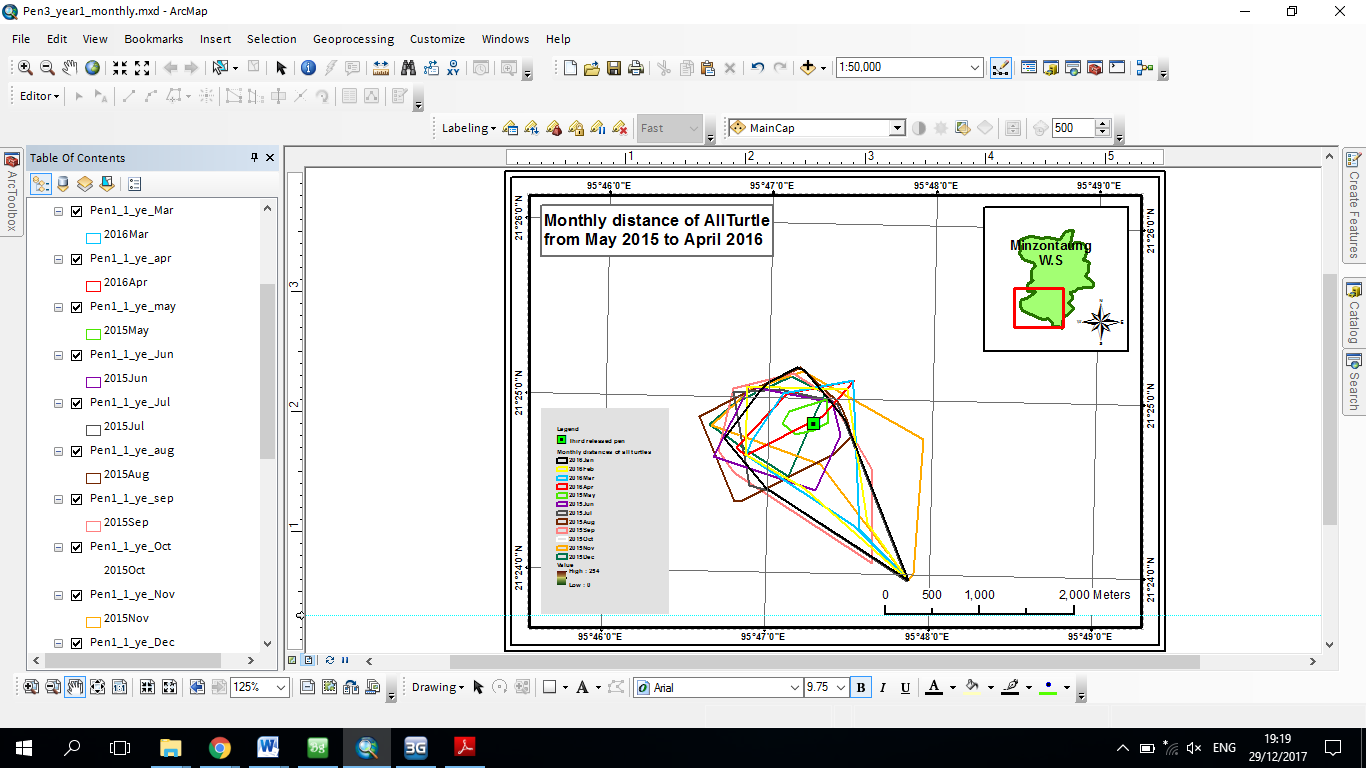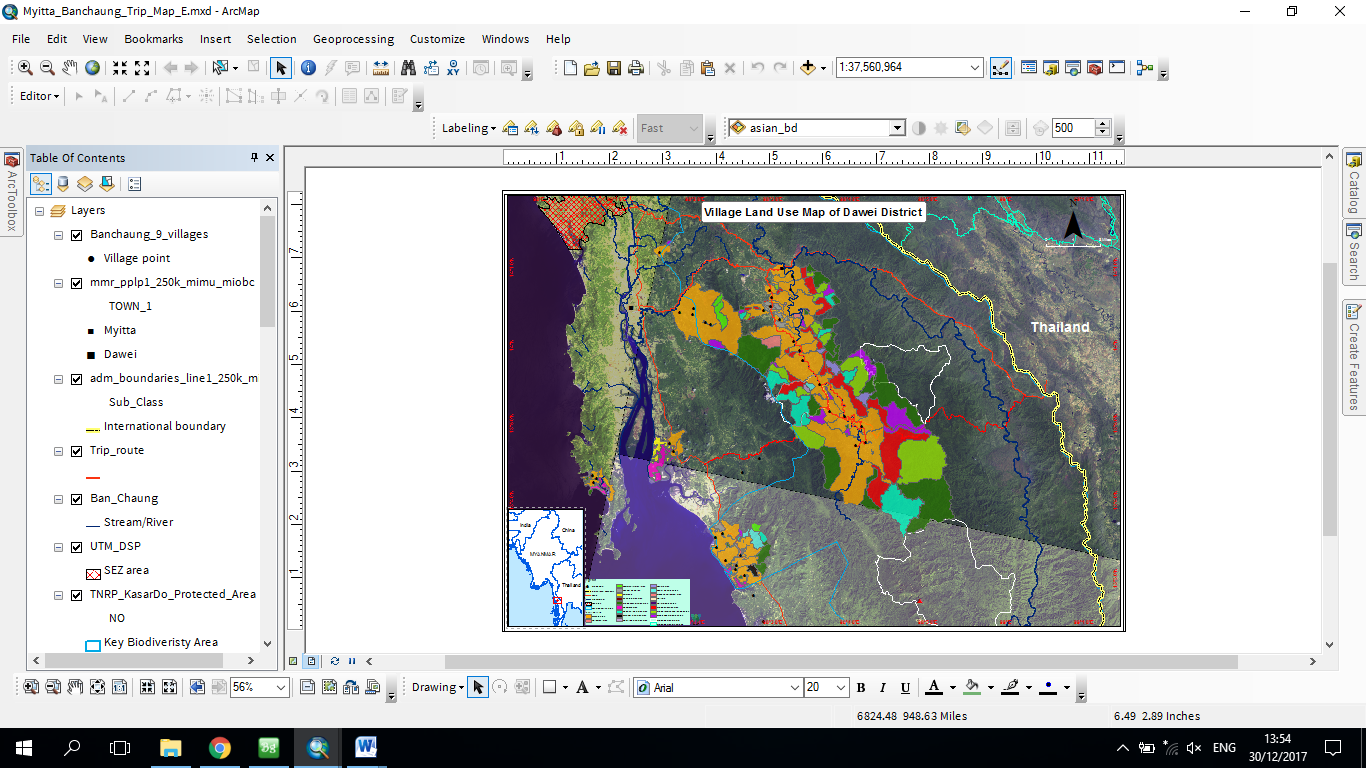Navigation: 2018 Scholar Project ReferenceProject CommunitiesPage ConservationGIS Scgis.org
Maria Fernanda Gonzalez Perez, Monitoring & Evaluation Officer World Wildlife Fund Ecuador
World Wildlife Fund WWF Ecuador
Orellana Avenue E11-28 and Coruña Avenue, Orellana Building, office #701. Quito - Ecuador
Tel: +593 (2) 223 9181 /+593 (2) 252 0955
*-Main email: Fernanda.Gonzalez-intern@wwfus.org Skype: fernandagonzalez551
http://www.wwf.org.ec/wwf_/conoce_al_equipo/
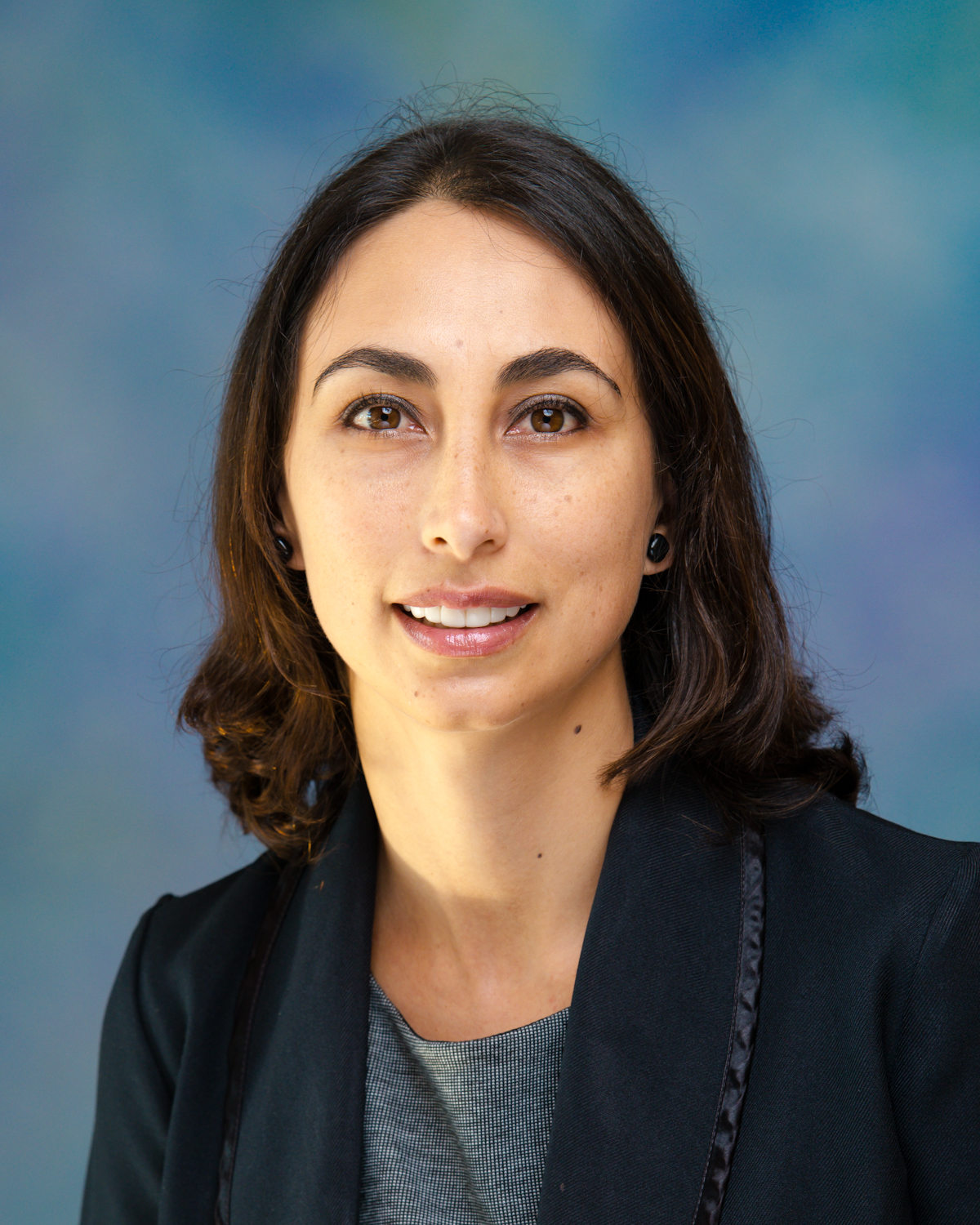
My name is Fernanda Gonzalez and I am a Humphrey Fellow for the 2017-2018 academic year. The Fellows program is a U.S. State Department program, which provides mid-career professionals with a non-degree program combining academic and professional experiences directly related to their professional responsibilities in their countries. For several years, I have work closely with GIS experts to take decisions about natural resources management and project management.
I am a biologist with a Master of Science degree in Natural Resources Management from the Tropical Agricultural Research and Higher Education Center (CATIE). I have worked for seven years in both public and private organizations, researching a variety of areas including marine fauna conservation; freshwater biomonitoring; integrated watershed management; water for human consumption; and environmental education.
In 2015, I joined the WWF- Ecuador as a Monitoring & Evaluation Officer. During that time, I developed an integrated system to effectively track the results of different projects. My other principal responsibilities were reporting to donors; helping write proposals using the Open Standards methodology; evaluating the efficiency of the implementation of projects and building connections between the WWF in Ecuador and other such offices around the world.
During my fellowship year with the Humphrey Program, I will be taking some academic courses at the University of California, Davis, my host academic institution. My main focus will be improving my M&E, not only those related to project management (design, budgeting and implementation), but also the expertise required to evaluate the impact of the conservation projects in the nature and in the people (local communities) related to it using GIS. Therefore, I am also interested in improving my GIS skills.
For the reasons mentioned above, I consider the GIS training a a great opportunity for me to learn more about different ways to incorporate GIS as a key decision tool in the conservation area, implement this knowledge when I go back to Ecuador.

What is the history of your work in conservation and GIS? I have five years of experience in researching a variety of areas including marine fauna conservation, tourism, the freshwater biomonitoring with macroinvertebrates and water quality, watershed management, climate change, water for human consumption, and environmental education.
I am biologist with a Master of Science degree in Natural Resources Management from the Tropical Agricultural Research and Higher Education Center, Costa Rica. I have worked in both public and private organizations researching a variety of areas that are part of my professional interest including marine fauna conservation, tourism, the freshwater biomonitoring with macroinvertebrates and water quality, watershed management, water for human consumption, and environmental education.
Although I have not worked directly manipulating the tool, the fact of knowing its importance and its capabilities/applications allowed me to be involved in the different GIS processes during my work experience. Additionally, because of my work experience in natural resource management, I have always been related to GIS and GIS experts.

After my master's degree, I worked on the largest hydroelectric project in Ecuador, Coca Codo Sinclair, and I managed the hiring of a GIS expert for the team that I supervised. In this team, conformed by five professionals, we developed a management plan for the watershed. One of the components of the Plan was the identification of vulnerable areas (either by erosion, water generation, social factors) for conservation interventions (reforestation, agroforestry practices, protection of water sources, etc.). I worked hand in hand with the GIS expert to determine the factors and indicators that were included to build the vulnerability maps that he generated. Additionally, through one of his GIS works (water availability modelling using WEAP), the soil cover that produced more water was determined (forest and moor), as conservation practitioners, this result was fundamental to give us support for the measures we wanted to implement.
During my work at WWF Ecuador, a GIS expert was hired a year ago. Currently, He is still only working making simple maps for the locations of the projects of the Organization. In the last months, knowing the capabilities of GIS tools and as a M&E Officer, before I came to be part of the Humphrey Program, I initiate conversations with him to work together regarding the possibilities to evaluate the impact of the conservation efforts of WWF Ecuador using GIS. In the future, I am interested in taking up this issue and work together in the evaluation of the impact of WWF Ecuador's conservation projects, and the general impact of the Organization through the indicators of the strategic planning goals.
History of your work with SCGIS or other conservation GIS: I have heard of SCGIS but I not been active in Ecuador since GIS has not yet been my focus. However; I know Karen Beardsley and she has introduced me to SCGIS and let me know about the opportunities. And through my work with WWF-Ecuador, my plan is to become involved with a local chapter upon your return after the Humphrey program year ends.

Work in teaching & leadership Early in my life, I discovered that one way to accomplish my dreams was studying. Currently, for millions of people, to have the opportunity to share a classroom and learn not only from the lectures but also from the classmates, the professors and the education system is a privilege that not many people can have. Studying is not only important to develop a career and improve their living conditions, that of their families and society in general.
Study is always good, but sharing your studies with people from other countries is even better. Because of my career (Biology), I always have been involved with multicultural and international classmates and professors. During my master in Natural Resources Management (Costa Rica), I also had the opportunity to meet people from different backgrounds, that changed my perspective of things in several ways. When I finished my master, I felt different, I had more empathy for others and, most important, I became a better person professionally and personally. After this process I wanted to keep working with nature but also with people and try to improve their live conditions if possible.
I can humbly mention that I consider myself a leader. One of my personal life missions, that was even stronger after my studies in Costa Rica, is to encourage and motivate people, to make them feel how important role their play in the society (no matter the place: family, classroom, workplace).
I have not been a teacher of GIS; however, after my graduation as Biologist, I spent some time in a University in Quito (Ecuador) where I was teaching for one semester natural resources management with emphasis in fresh water ecosystems. I also have been involved in environmental educational campaigns for different audiences, so I am familiar with education system and its important to create a better world for everyone.
During my Humphrey Fellowship Program in USA, in UC Davis, I also put together a simple proposal for an environmental sociologist professor how to teach classes with interactive and practical exercises in a learning by doing process using a methodology I learned in Ecuador. Additionally, I had the opportunity to give a speech in Sacramento Community College and in the University. The speeches were attended by students and staff of the institutions. It was such a nice opportunity to talk about my researches, work experiences and studies. It was very gratifying to find that the conference was well received, and that people felt inspired to continue their participation as staff in the College - University or, for the case of the students, to keep studying and be engaged with the Education System.
*-ORGANIZATION’S WORK: Please describe the work that your current organization does:
World Wildlife Fund (WWF) is one of the largest and most respected conservation organizations in the world. It has more than fifty years of experience. It works in more than one hundred countries and is supported by more than one million members worldwide. Its mission is to stop the degradation of the natural environment of the planet to build a future in which people live in harmony with nature. In this sense, WWF recognizes the high relevance of participatory work in conjunction with local populations, poverty and consumption patterns linked to its mission.
Aligned to the structure of the WWF Global Network and its Practices, WWF Ecuador has six Thematic Areas of Work: Fisheries, Human Footprint and Sustainable Cities, Communications, Forests and Freshwater, Ecotourism, and Oceans and Coasts. The technical thematic areas work in coordination with Communications, Planning and Financing, and Financial Administration and Operations. In Ecuador, WWF works in four geographic regions of the country, the marine-coastal region and the Galapagos, the Choco (coast), the Andes and the Amazon. Its base office is located in Quito, although it also has a field office in the Galapagos.
WWF is a non-profit, non-governmental organization and its WWF fundraising strategy involves several sectors. Varieties of contributions range from contributions and grant agreements, fundraising campaigns, government grants. At the level of multilateral financing, WWF, in addition to the GEF funds, has experience working with the IDB, the World Bank, CAF, the United Nations System, GCF funds, among others. With the money fundraised, WWF implements directly or indirectly (through local partners – grassroot organizations) projects to conserve nature and improve livelihood conditions of communities.
One of the main strengths of WWF at the global level and WWF Ecuador is its technical capacity. WWF Ecuador has competent, motivated and committed employees. In addition to the technical capacity, the Country Program has timely and efficient administrative and logistical services. As a Program, WWF Ecuador has 30 people as staff working full time in different areas.
Here are some features that add value to the Organization:
WWF is an organization that has a Global Network of offices and programs, which gives it an advantage by being able to connect the global with the local to work transversally in countries and cultures and with technical support from the different offices.
Strategic planning completed in 2017 with thematic areas and established impact goals. In addition to this planning, WWF Ecuador has a comprehensive robust monitoring and evaluation system and multi-thematic area that allows the efficient monitoring of projects (products, activities), the healthy relationship with donors, clear accountability and efficient execution of funds.
WWF Ecuador has a multidisciplinary, scientific and high technical capacity group, which is also supported by the planning, finance and administrative area.
Through its years of experience in Ecuador (since 1962) and in the world (since1960), WWF has knowledge of Ecuadorian territory and society, which facilitates interventions, participatory work and the empowerment of different interventions.
The presence in the different geographical regions generates a high scope and greater impact.
Due to its different thematic areas, WWF Ecuador has the capacity to carry out multidimensional interventions by comprehensively addressing conservation processes that are increasingly complex and require an approach through different perspectives.
Within WWF, I am biologist with a Master of Science degree in Natural Resources Management from the Tropical Agricultural Research and Higher Education Center, Costa Rica. I have worked in both public and private organizations researching a variety of areas that are part of my professional interest including marine fauna conservation, tourism, the freshwater biomonitoring with macroinvertebrates and water quality, watershed management, water for human consumption, and environmental education.
In 2015, I joined the World Wildlife Foundation (WWF) as an Monitoring & Evaluation (M&E) Officer. During that time, I developed an integrated system to effectively track the results of different projects. My other responsibilities were reporting to donors; helping write proposals; evaluating the efficiency of the implementation of projects and building connections between the WWF in Ecuador and other such offices around the world.
During my fellowship year with the Humphrey Program, I am interested in improving my M&E skills, not only from the project management perspective, but also learning how to evaluate the impact of conservation projects on nature and people. It is my interest also to learn how to evaluate the impact of the Conservation Organization through: a) its goals of the strategic planning, and b) the proper measure of impact indicators of the projects executed; in both cases, GIS is a very useful tool. Finally, I would like to learn more about climate change in terms of adaptation, resilience and mitigation, and how complex conservation problems can be addressed through a multidisciplinary and team work approach.
Specific responsibilities as a Monitoring and Evaluation Officer in WWF Ecuador:
Designed and implemented the M&E system of the Annual Operational Plan containing different conservation projects of the WWF within the areas of Fisheries, Forest & Freshwater, Ecotourism, Human Footprint and Sustainable Cities, Oceans & Coasts (mainstreaming axes: Climate Change and Gender).
Planned conservation projects, monitored activities and results and evaluated impact indicators.
Support to the design of the Strategic Plan of the Organization.
Responsible to report to the Ecuadorian government of all the interventions of the Organization.
Co-authored proposals and reports written to donors and the government of Ecuador.
Translated technical, administrative and legal documents.
Managed Disaster Assistance Program, working with communities affected by the April 2016 earthquake.
Made presentations on environmental topics and on-going projects of the WWF.
Provided technical support, including facilitation, for workshops and meetings.
During my Humphrey Fellowship Program, I am part of WWF-USA as a professional intern. My principal roles during this time are:
Improving in the design, monitoring and evaluation of Green Climate Funds (GCF), Global Environmental Facility (GEF), and US government funded projects.
Capacity building regarding Climate Change, M&E and project design using the Project and Programme Conservation Standards (PPMS) in Latin American countries, like WWF Ecuador as a pilot process. Regarding M&E, my role will be to work together with WWF Ecuador in the evaluation of the impact of the Organization using the goals of the Strategic Plan (some of them linked with GIS), and the impact indicators of the different conservation projects executed.
Improve the design of PPMS workshop for technicians that design and implement projects in WWF taking into consideration previous experiences and lessons learned.
what is the most unique and the most challenging about the conservation/GIS work that you do? There is not a single ecosystem that has not been affected and that is not threaten by Climate Change and the over exploitation of Natural Resources. Oceans, freshwater, forest, estuaries are facing the effects of this phenomenon, several species are currently in danger. Humans are not either an exception of the consequences of it, there are several threats linked to it. Floods, extreme precipitation, drought and desertification are some examples that humans nowadays are dealing which create huge challenge regarding development, food security, access to water, among others. Humans depend on natural resources and its ecosystem services to survive. However, due to complex causes, human has been modifying the planet in a rate not seen before.
As Ecuadorian, I am proud to say that my country has one of the highest levels of biodiversity in the planet per meter square. Thanks to its location in the center of the world, Ecuador concentrates in a small territory the diversity of the planet, which is conjugated in the Andes, coasts, Amazon and the unique Galapagos islands. Besides of its richness in the natural capital, we face complex environmental and social problems like mining in vulnerable/sensitive areas, overfishing, deforestation, change of land use caused by agriculture, poverty, lack of basic services, among others.
Ecuador is highly dependent on exports, mostly raw materials and commodities. The current year, 2017, has been difficult for the country because of the dollar appreciation and the Niño Costero phenomenon. The Niño Costero caused some human casualties and the floods affected agricultural production and infrastructure. Additionally, Ecuadorians during this year had to cope with the consequences of the last earthquake of April 2016.
All the considerations mentioned above are the ones that lead me to study and get involved in the process of natural resources management. One the principal things that I have faced in Ecuador is the lack of governance and capacities in the in the Institutions. Sometimes it is not the lack of technical solutions to improve the social an environmental condition of a place, it is more about the lack of: a) coordination between the stakeholders, b) technical capacities of the institutions, c) proper fundraising, d) participatory processes, e) clear roles and responsabilities between the parties, of among others (factors that are part of a good governance).
The same mentioned above happen with GIS in Ecuador. Despite its potential, the institutions I have been involved as professional, used to use GIS just to create simple maps to identify points in polygons. Additionally, for a lot of institutions, specially in rural areas, the familiarly of GIS is almost null, so there is an urgency of create capacities regarding GIS there too. Therefore, I always worked closely with GIS experts and use the tool as a decision making tool and as research tool during the process management of natural resources.
2018 Title/Abstract of the paper you will present:
“GIS: A decision-making tool during the process of adaptive management of the Strategic Plan (2016-2025) of WWF Ecuador”
The Strategic Plan of WWF Ecuador is a road map document where the mission, the different thematic areas and interventions of the Organization, for the next 8 years, were setting up. This document represents a big effort to improve the planning. The Plan is a key piece to find partners with the same areas of interest, to help the fundraise perspective of the organization, to describe the thematic areas and geographic scope of interventions, but fundamentally, it will be the base of the evaluation of the different interventions of the Organization.
During the process of evaluation, indicators were created for the different impact goals of the Plan. Some of the indicators were identified to be measured using GIS. After the process of selecting the indicators linked with GIS, a methodology of measure was designed (baseline, creation of maps, timeframe, among others) . It is planned that after the baseline, the first evaluation of the Plan is going to be executed during 2020.
xResources xWater xReforestation xPlan x2018Scholar x2018Talk xScholar xTalk xWomen xLatinx xEcuador xLatinAmerica





 <--PDF
<--PDF 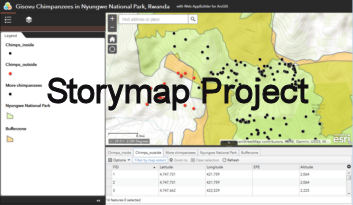
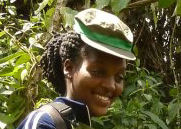
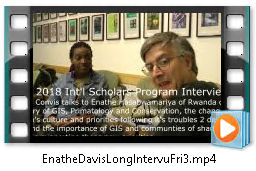

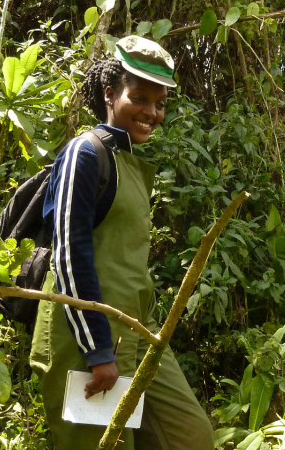
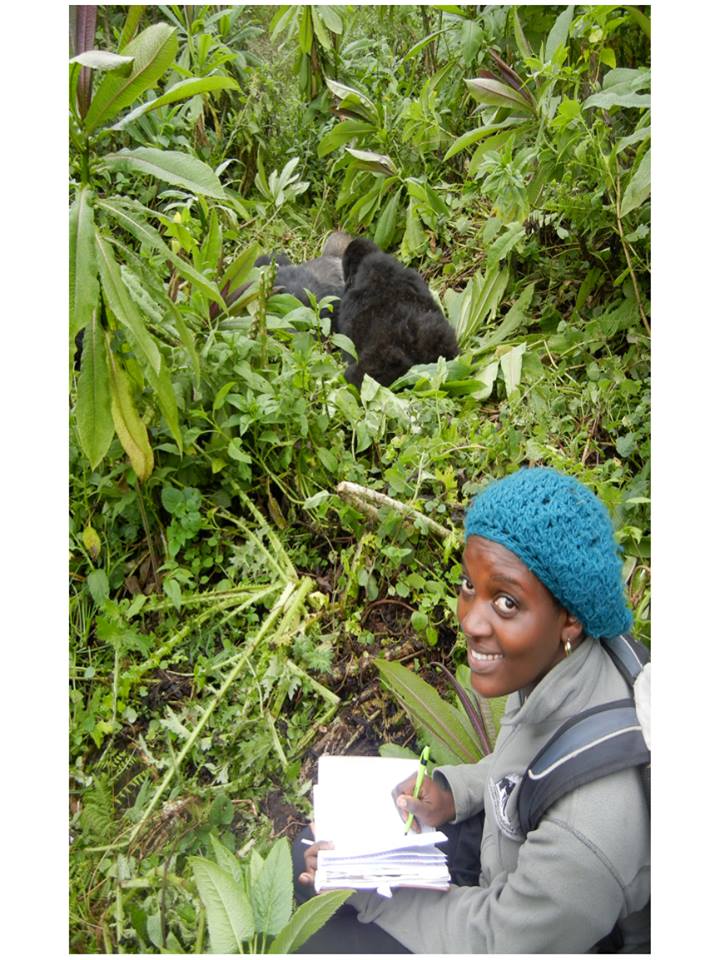



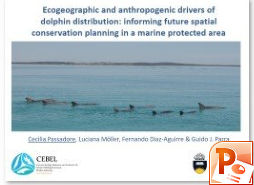
 illiman, Punta del Este, Maldonado, C.P. 20100, Uruguay.
illiman, Punta del Este, Maldonado, C.P. 20100, Uruguay.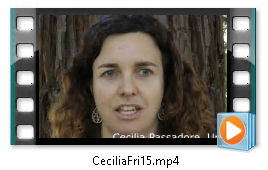



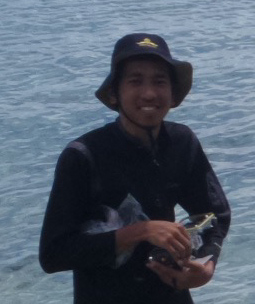








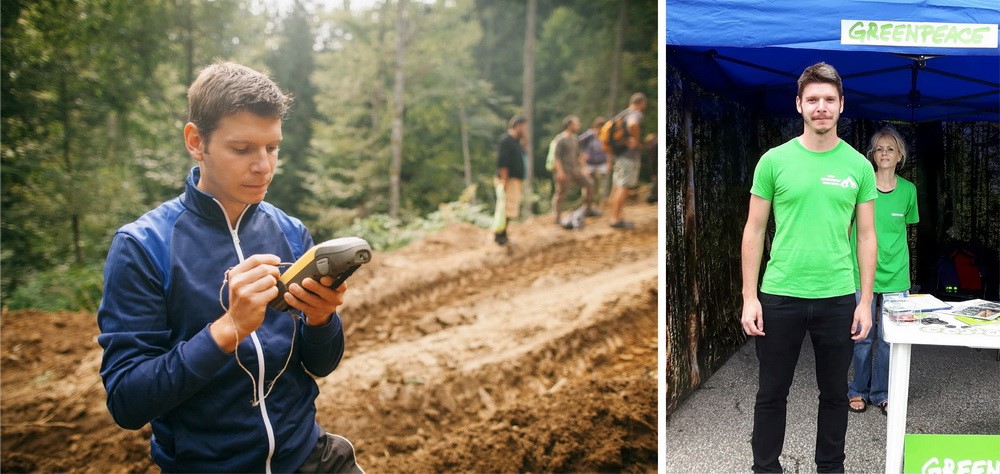 Calea Șerban Vodă, no. 176, Sector 4, Bucharest, Romania Alex says Hello & Thanks to SCGIS
Calea Șerban Vodă, no. 176, Sector 4, Bucharest, Romania Alex says Hello & Thanks to SCGIS

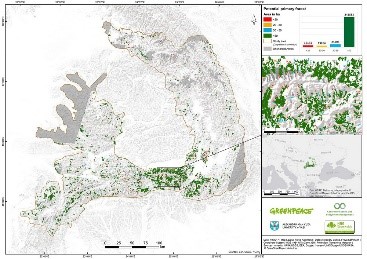 forests can be precisely identified only in the field studies, but an estimation of their location and extent can be done using remote sensing and GIS techniques. I was also responsible for processing and analyzing the satellite images (the so called remote sensing part of the study). The study was conducted in collaboration with specialists from Eberswalde University (Germany), which helped with the filtering and analysis of the polygons resulted from the satellite image analysis. We identified almost 300.000 hectares of potential primary forest. You can visualize the complete study and the methodology
forests can be precisely identified only in the field studies, but an estimation of their location and extent can be done using remote sensing and GIS techniques. I was also responsible for processing and analyzing the satellite images (the so called remote sensing part of the study). The study was conducted in collaboration with specialists from Eberswalde University (Germany), which helped with the filtering and analysis of the polygons resulted from the satellite image analysis. We identified almost 300.000 hectares of potential primary forest. You can visualize the complete study and the methodology
